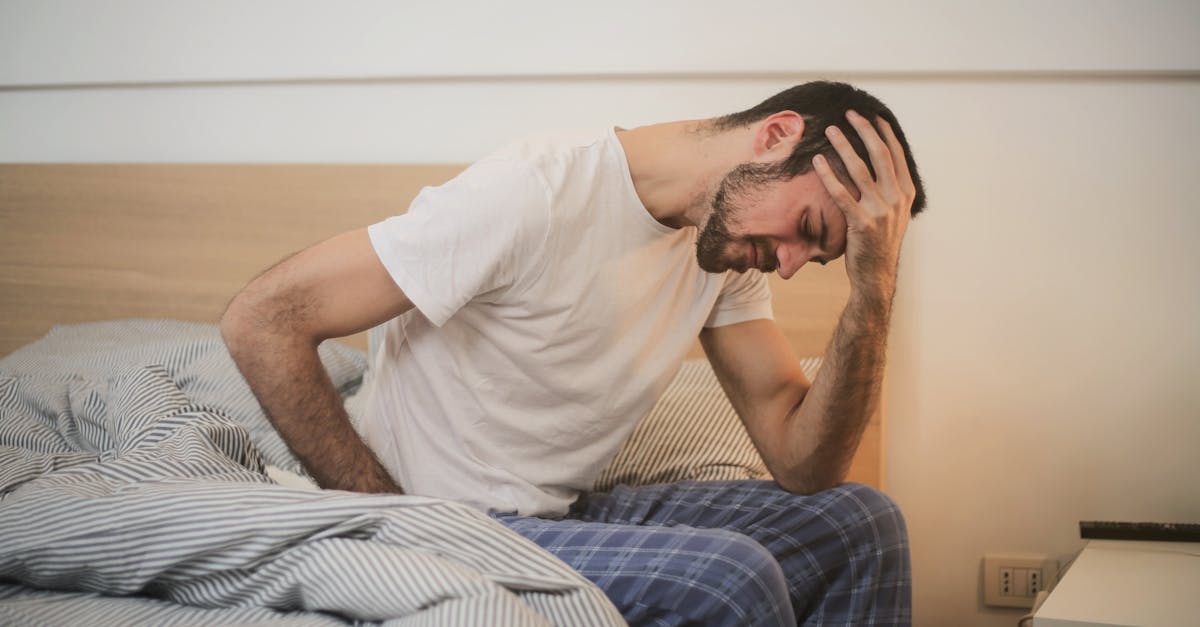Stretches for Hip Pain After Running: Techniques for Relief and Recovery
Soothe Your Sore Hips: Stretches, Prevention, and Recovery for Runners

Hi🧘♂️ and welcome to Painless Hips for Painless Runs: A Runner’s Guide to Hip Pain Relief and Recovery!
Running is a fantastic way to stay fit and healthy, but it can also be tough on your hips. If you’re a runner, you know that hip pain is one of the most common injuries. It can be frustrating and painful, and it can keep you from doing the thing you love.
If you’re experiencing hip pain after running, never fear, because in this article, we’ll provide you with everything you need to know about hip pain, including the common causes, effective stretches, and tips for preventing future pain. We’ll also provide you with tailored stretches for specific hip muscles! So, whether you’re a seasoned runner or just starting, keep reading for all the information you need to get back on your feet and running pain-free.
1. Understanding Hip Pain After Running
Understanding Hip Pain After Running: Common Causes of Hip Pain in Runners
Hip pain is a common problem among runners. It can be caused by a variety of factors, including muscle strain, tendonitis, and bursitis.
- Muscle strain is a tear in a muscle or tendon. It can be caused by overexertion, improper running form, or weak hip muscles.
- Tendonitis is inflammation of a tendon. It can be caused by overuse, improper running form, or tight muscles.
- Bursitis is inflammation of a bursa. Bursae are fluid-filled sacs that help to reduce friction between bones and muscles. Bursitis can be caused by overuse, improper running form, or trauma.
The symptoms of hip pain can vary depending on the cause. However, some common symptoms include:
- Pain in the hip, groin, or thigh
- Stiffness or limited range of motion in the hip
- Tenderness to the touch
- Swelling
- Bruising
If you are experiencing hip pain after running, it is important to see a doctor to rule out any serious underlying conditions. Once any underlying conditions have been ruled out, your doctor can recommend the best course of treatment for your hip pain.
In most cases, hip pain can be treated with conservative measures, such as rest, ice, compression, and elevation (RICE). Physical therapy can also be helpful in strengthening the hip muscles and improving range of motion. In some cases, corticosteroid injections or surgery may be necessary.
2. Effective Stretches for Hip Pain Relief

Effective Stretches for Hip Pain Relief: Step-by-Step Instructions for Stretches That Effectively Target and Relieve Hip Pain, Including the Hip Flexor Stretch, Glute Stretch, and IT Band Stretch
If you’re experiencing hip pain after running, stretching can be a great way to relieve pain and improve range of motion. Here are three effective stretches that you can try:
Hip Flexor Stretch
The hip flexors are a group of muscles that help to lift your knee towards your chest. Tight hip flexors can contribute to hip pain.
To stretch your hip flexors, kneel on one knee and place your other foot flat on the floor in front of you. Keep your back straight and lean forward until you feel a stretch in your hip flexors. Hold the stretch for 30 seconds and then repeat with the other leg.
Glute Stretch
The glutes are a group of muscles that help to extend your hip and rotate your leg outward. Tight glutes can also contribute to hip pain.
To stretch your glutes, lie on your back and bend your knees. Cross your right ankle over your left knee and pull your right knee towards your chest. Hold the stretch for 30 seconds and then repeat with the other leg.
IT Band Stretch
The IT band is a thick band of tissue that runs along the outside of your thigh. Tight IT bands can contribute to hip pain, especially on the outside of the hip.
To stretch your IT band, stand with your feet shoulder-width apart. Step your right foot forward and bend your left knee. Lean to the left and reach your right arm overhead. Hold the stretch for 30 seconds and then repeat with the other leg.
3. Targeted Stretches for Specific Hip Muscles
Targeted Stretches for Specific Hip Muscles: Identification of Specific Hip Muscles That May Cause Pain, Such as the Iliopsoas, Gluteus Medius, and Tensor Fasciae Latae, and Tailored Stretches for Each Muscle
In addition to the general hip stretches described above, there are also targeted stretches that you can do to address specific hip muscles that may be causing pain.
- Iliopsoas: The iliopsoas is a muscle that helps to flex your hip and rotate your leg inward. Tight iliopsoas muscles can contribute to hip pain, especially in the front of the hip.
Iliopsoas Stretch: To stretch your iliopsoas, kneel on one knee and place your other foot flat on the floor in front of you. Keep your back straight and lean forward until you feel a stretch in your hip flexors. Hold the stretch for 30 seconds and then repeat with the other leg.
- Gluteus Medius: The gluteus medius is a muscle that helps to abduct your hip (move it away from your body) and rotate it outward. Weak or tight gluteus medius muscles can contribute to hip pain, especially on the outside of the hip.
Gluteus Medius Stretch: To stretch your gluteus medius, lie on your side with your knees bent. Lift your top leg up and out to the side, keeping your knee straight. Hold the stretch for 30 seconds and then repeat with the other leg.
- Tensor Fasciae Latae (TFL): The TFL is a muscle that helps to abduct your hip and rotate it inward. Tight TFL muscles can contribute to hip pain, especially on the outside of the hip.
TFL Stretch: To stretch your TFL, stand with your feet shoulder-width apart. Step your right foot forward and bend your left knee. Lean to the left and reach your right arm overhead. Hold the stretch for 30 seconds and then repeat with the other leg.
4. Preventing Future Hip Pain

Preventing Future Hip Pain: Tips for Preventing Hip Pain After Running, Such as Proper Running Form, Strengthening Exercises, and Adequate Rest
In addition to stretching, there are a number of other things you can do to prevent hip pain after running.
- Proper Running Form: Proper running form can help to reduce the amount of stress on your hips. Make sure to keep your back straight, your shoulders relaxed, and your head up. Your feet should land directly below your hips, and you should avoid overstriding.
- Strengthening Exercises: Strengthening the muscles around your hips can help to stabilize your joints and reduce your risk of injury. Some good strengthening exercises for the hips include squats, lunges, and hip bridges.
- Adequate Rest: Adequate rest is essential for allowing your muscles to recover from your runs. Make sure to get at least 7-8 hours of sleep each night.
By following these tips, you can help to prevent hip pain and keep yourself running strong.
5. When to Seek Medical Attention
When to Seek Medical Attention: Signs and Symptoms That Indicate the Need for Medical Evaluation for Hip Pain, Such as Severe Pain, Swelling, or Limited Mobility
In most cases, hip pain can be treated with conservative measures, such as rest, ice, compression, and elevation (RICE). However, there are some cases in which it is important to seek medical attention.
Seek medical attention if you experience any of the following signs or symptoms:
- Severe pain that does not improve with rest or over-the-counter pain medication
- Swelling or bruising around the hip
- Limited range of motion in the hip
- Inability to bear weight on the affected hip
- Numbness or tingling in the leg or foot
- Fever
- Night pain
These symptoms may indicate a more serious underlying condition, such as a hip fracture, dislocation, or infection. If you experience any of these symptoms, it is important to see a doctor right away.
Quiz
- True or False: Hip pain after running is always caused by a serious underlying condition.
- Which of the following is NOT a common cause of hip pain in runners? (a) Muscle strain (b) Arthritis (c) Tendonitis (d) Bursitis
- Which of the following stretches targets the iliopsoas muscle? (a) Hip flexor stretch (b) Glute stretch (c) IT band stretch (d) Quad stretch
- What is one sign or symptom that indicates the need for medical attention for hip pain? (a) Mild pain (b) Stiffness (c) Severe pain that does not improve with rest (d) Occasional swelling
Answer Key
- False
- (b) Arthritis
- (a) Hip flexor stretch
- (c) Severe pain that does not improve with rest
Answer Key
- False
- (b) Arthritis
- (a) Hip flexor stretch
- (c) Severe pain that does not improve with rest
